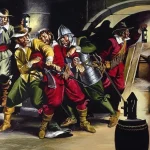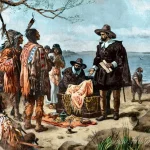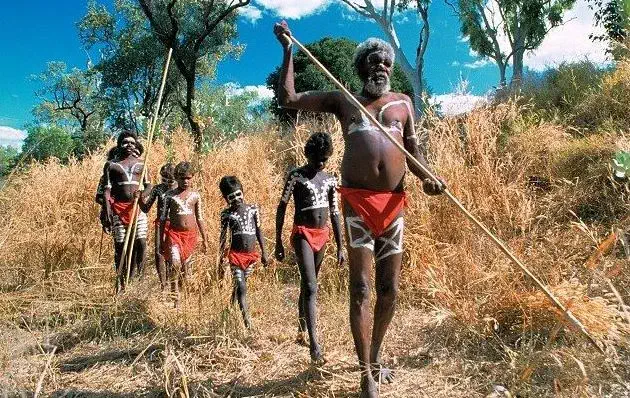
1. Arrival & Lifeways
Aboriginal Australians are among the world’s oldest continuous cultures. Human presence dates back to 45,000–80,000 years ago, with most evidence pointing to initial migrations between 65,000–70,000 years ago. These early communities arrived via land bridges and coastal voyages from Southeast Asia. By around 35,000 years ago, they occupied the entire continent, including Tasmania when lower sea levels connected it to the mainland
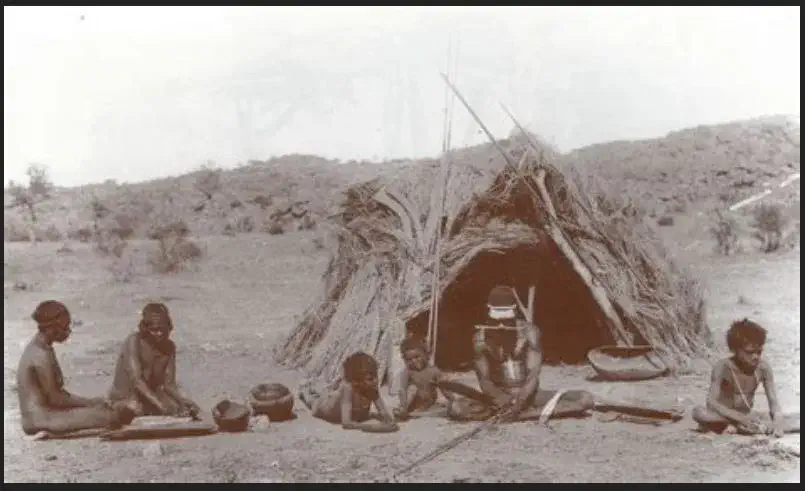
These societies mastered stone tool-making, marine resource gathering, and controlled burning demonstrating highly developed environmental knowledge.
2. Dreamtime: Spiritual Framework
The Dreamtime (or Dreaming) underpins Aboriginal spiritual life. It’s a complex, timeless creation narrative that explains how ancestral beings shaped the world, embedding law, morality, and landscape in spiritual lore
Songlines, or “dreaming tracks,” are sacred oral maps songs and stories that trace ancestral journeys across the land, enabling both navigation and cultural continuity .
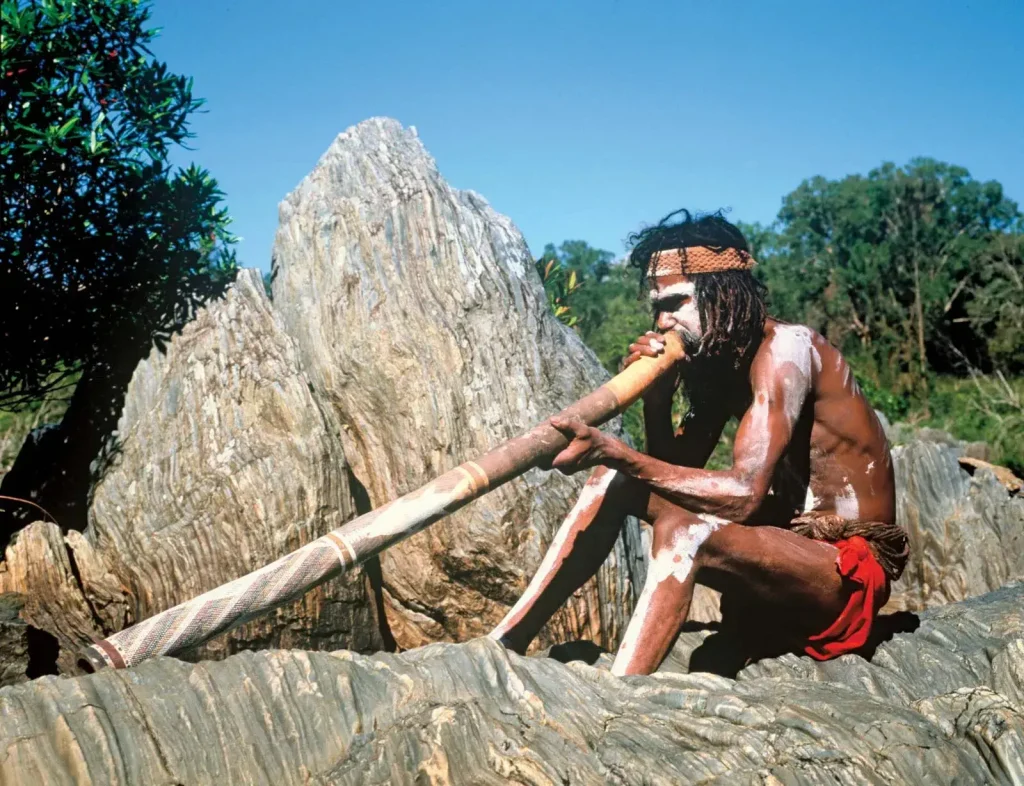
3. Rock Art & Symbolic Expression
Aboriginal rock art is the oldest continuous art tradition globally, with some pieces stretching back 30,000–40,000 year Across Australia, tens of thousands of sites feature varied styles:
- X‑ray art (Arnhem Land): showing internal anatomy of humans and animals.
- Gwion Gwion (Bradshaw figures, Kimberley): elegant, ceremonial forms.
These artworks conveyed spiritual meaning, historical memory, and environmental knowledgeand are still refreshed in ceremonies to maintain sacred connections
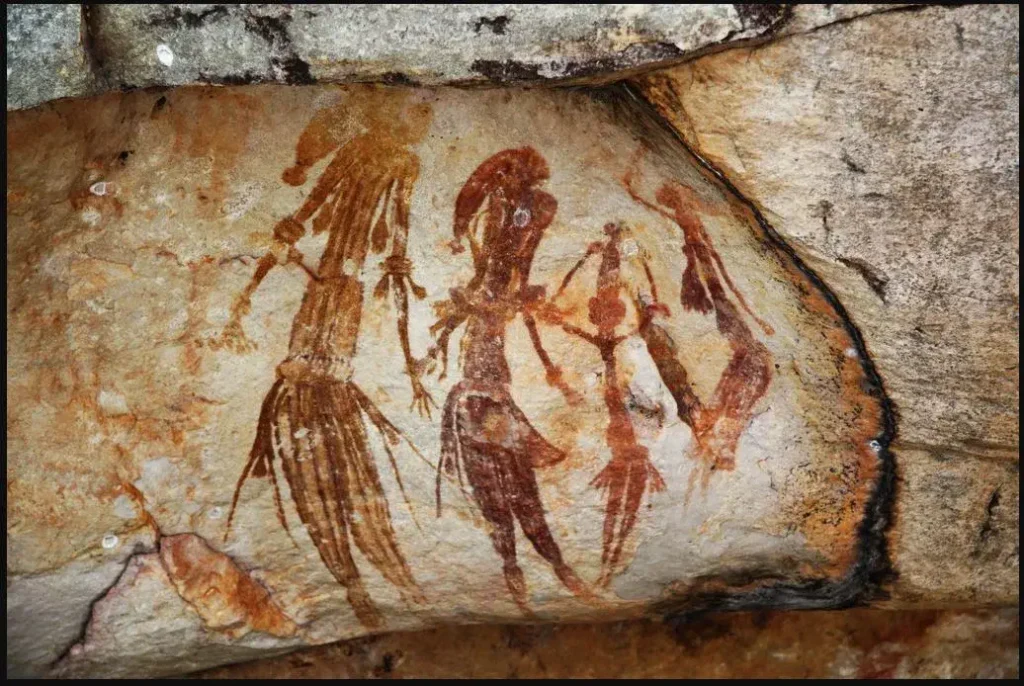
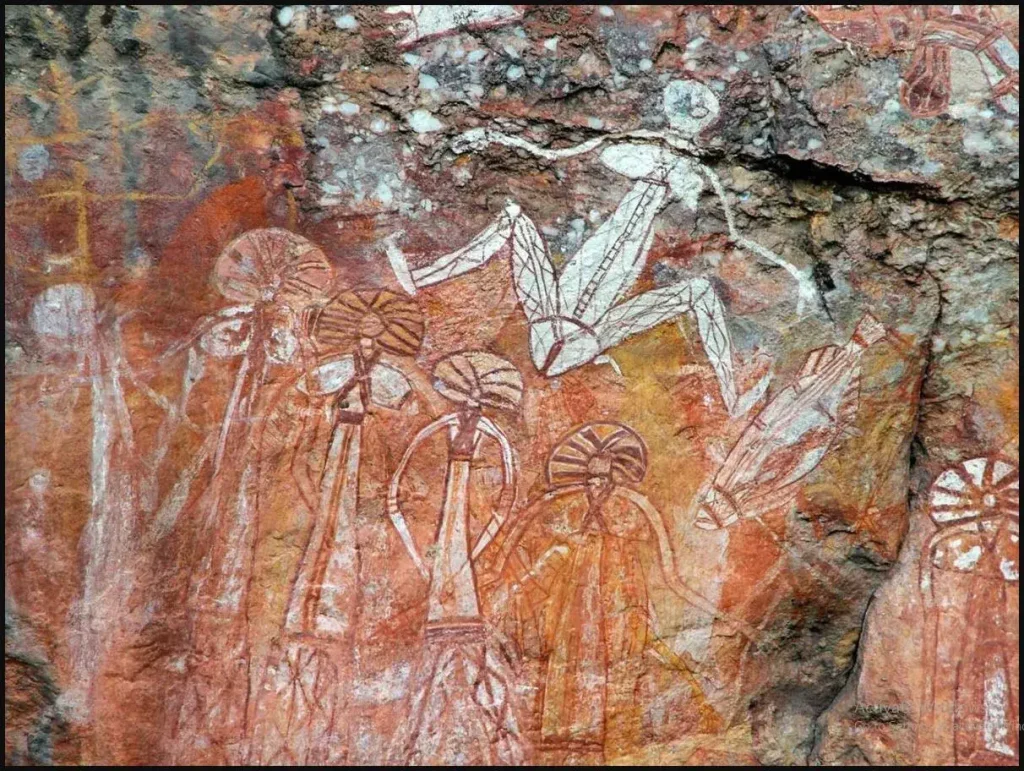
4. Innovation: Beyond Hunting & Gathering
Far from being static hunter-gatherers, many Aboriginal communities engineered landscapes through techniques like fire-stick farming, plant management, and fish traps
Specialized pottery such as ceramics crafted on islands near the Great Barrier Reef around 1,800 years ago reflect early maritime networks and craft skills.
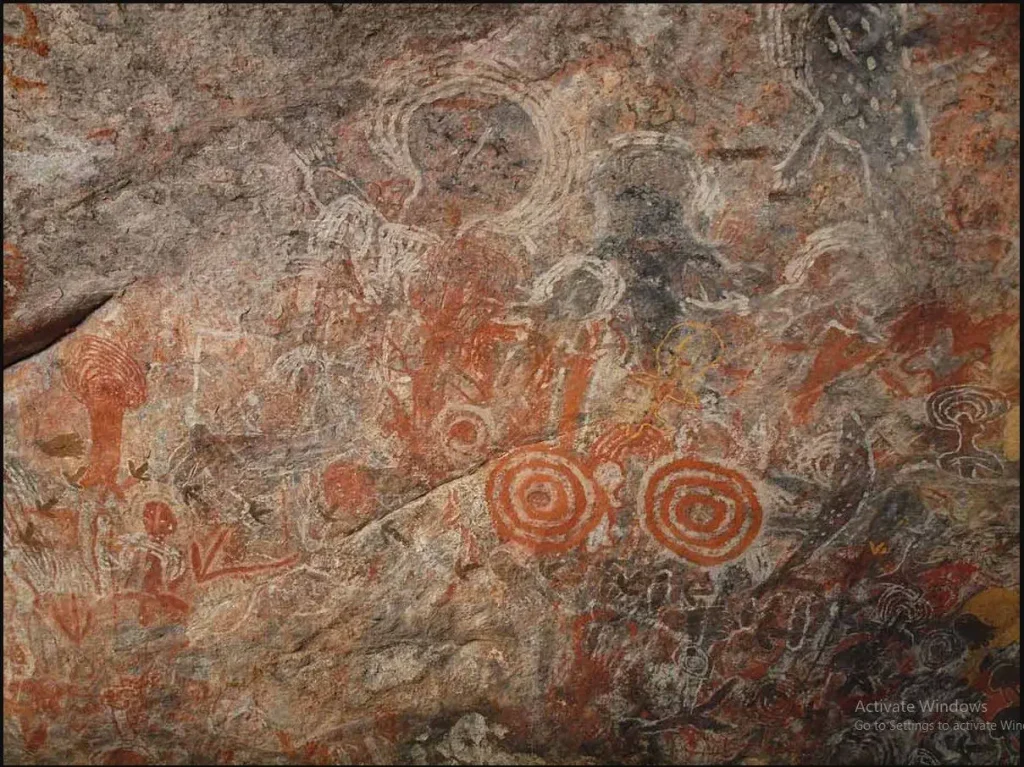
5. Early Contact: Makassan & Papuan Trade
Long before Europeans, northern Australian communities engaged in seasonal trade with Makassan trepang (sea cucumber) fishermen from Indonesia and Papuan visitors. These exchanges introduced metals, dugout canoes, new foods, music, and rituals, integrating into local cultural practices.
6. British Colonization & Consequences
British settlers claimed Australia as terra nullius in 1788 denying Aboriginal sovereignty. This led to catastrophic land dispossession, frontier violence, and lethal disease spread
The Stolen Generations saw children forcibly removed from families, causing long-term cultural dislocation and trauma.

7. Land Rights & Cultural Revival
A landmark moment came with the Mabo v Queensland (No. 2) case on 3 June 1992, when the High Court legally overturned terra nullius and recognized Native Title a profound advancement for Indigenous land rights
Since then, Indigenous-led initiatives have grown: cultural tourism, art movements, language revival, and legal efforts continue strengthening Aboriginal identity and sovereignty.
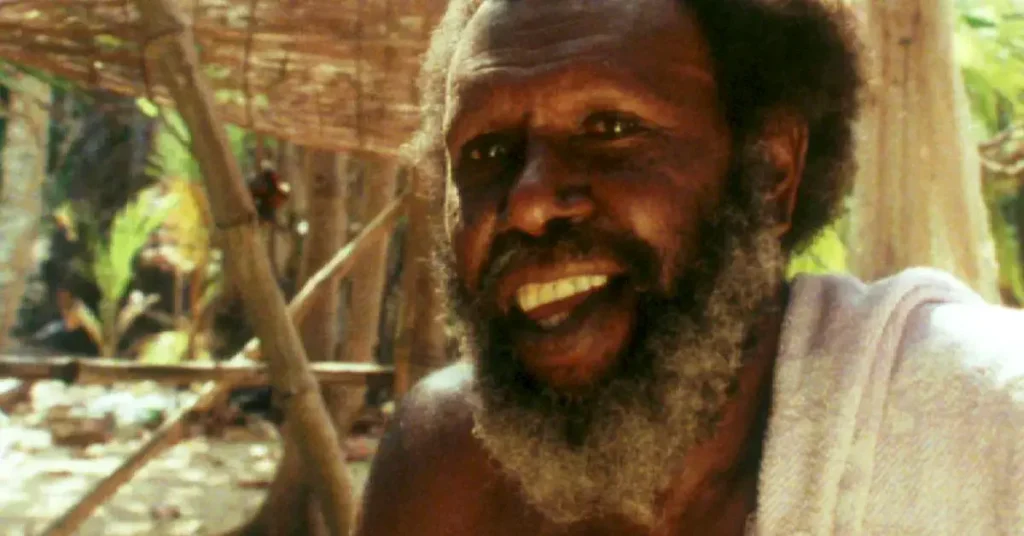
🎯 Why It Matters
- Earliest living culture: A continuum of human life and culture stretching tens of thousands of years.
- Spiritual & environmental integration: Dreamtime and songlines embody deep ecological wisdom.
- Resilient creativity: Rock art and crafts show ancient innovation and enduring heritage.
- Ongoing justice journey: From colonial injustice to Mabo and the push for recognition, this story remains vital.


